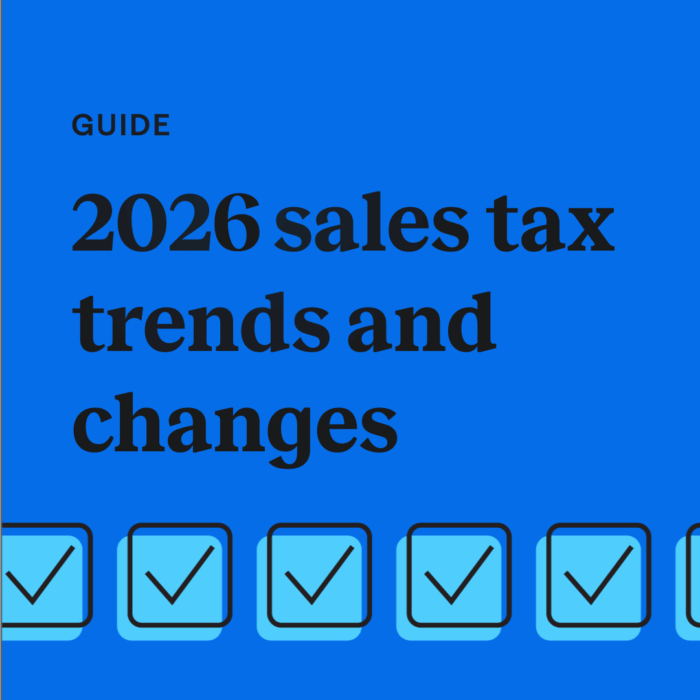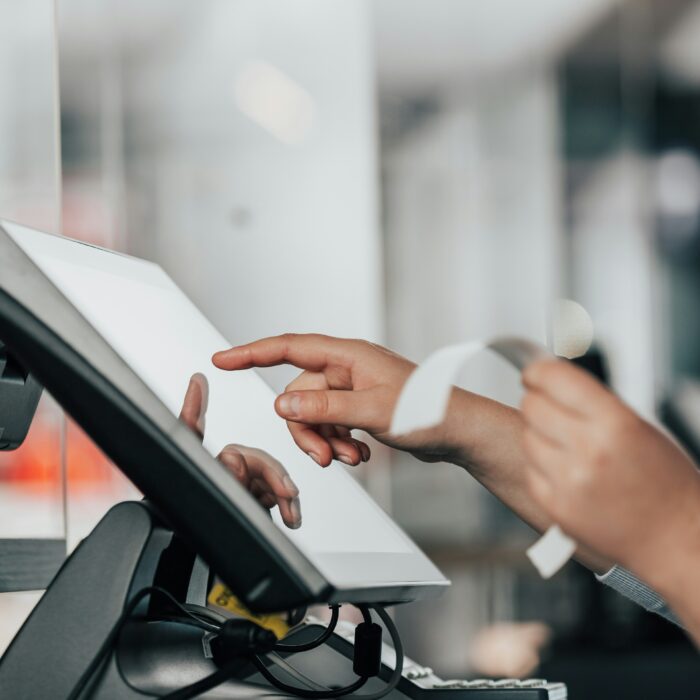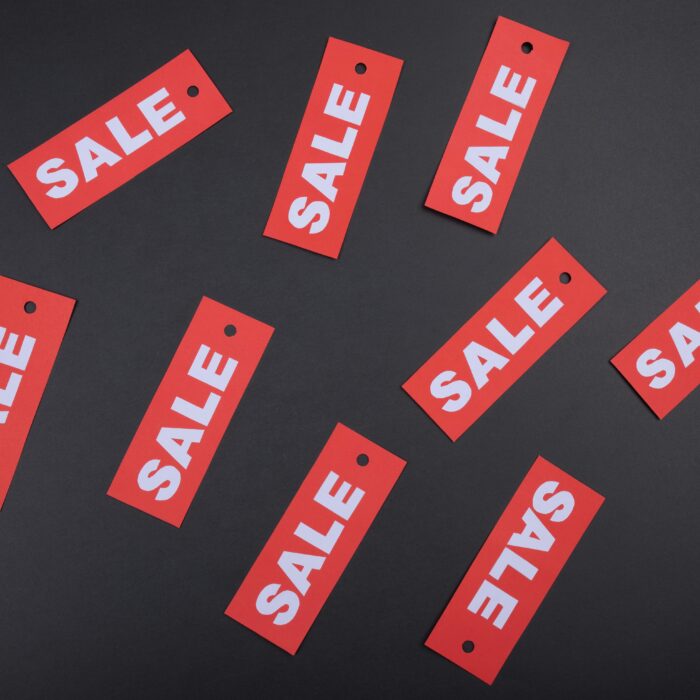Six steps to sales tax compliance for busy shopping seasons
by November 1, 2024
The holidays are critical for retailers because they make a majority of their annual sales during this time of year. As a retailer, you’re facing many new challenges heading into the holiday shopping season, however sales tax should not be one of them. To protect potential revenue gains this year, TaxJar will take you through a few recommended steps that you should take to best prepare for the holidays.
Six steps to sales tax compliance
1. Determine where you have sales tax nexus
When you have physical or economic nexus in a state, you’re required to comply with the sales tax laws of that state. There are two important pieces to the nexus puzzle:
The first is physical nexus, which can be established by:
- Fulfillment warehouses,
- Retail locations, trade shows, or seasonal pop-up events
- Remote employees, affiliates, etc.
The next is economic nexus:
- And this is triggered when exceeding a state’s threshold for revenue and or transaction volume
- This gets ridiculously difficult to manage as nearly every state (that collects sales tax) has different economic nexus legislation.

After you’ve determined you have physical or economic sales tax nexus in a state, you’ll also want to check to see if any of those states have passed marketplace facilitator laws. States which have active marketplace facilitator laws allow the marketplace facilitator, such as Amazon or Walmart, to collect sales tax on your behalf.
The caveat, however, is that you’re still liable for collecting on sales when selling via other channels, such as a brick and mortar store or through your business website. It’s a good idea to keep up with evolving marketplace facilitator laws to know which platforms collect when and where.
2. Verify that your products are subject to sales tax
In the U.S., most “tangible personal property” is taxable. In other words, most items like furniture, jewelry, toothbrushes, coffee mugs, etc. will be subject to sales tax.
However, some items considered to be “necessities” may not be taxable in all states. For example, grocery items are not taxable in many states, though prepared food bought at a restaurant generally is taxable.
Here’s a list of common item types that may not be taxable in some states:
- Grocery food
- Clothing
- Certain books (textbooks, religious books, etc.)
- Prescription and nonprescription medicine
- Supplements
- Magazines and subscriptions
- Digital products (books, music, movies, etc.)
This is not a complete list, so keep in mind that some states may exempt other types of items. If you sell any of these items, check with your state to determine if you should collect sales tax on your products.
If the items you are selling are not taxable, then you are not required to collect sales tax on those items.
3. Register for a sales tax permit in any new states
Now that you have determined you have sales tax nexus in a state and that the products you sell are taxable in that state, your next step is to legally collect sales tax by registering for a state sales tax permit.
Each state’s taxing authority — usually called the [State] Department of Revenue — handles sales tax registration. You can register for a sales tax permit yourself, or hire a professional to register for your state sales tax permits for you.
When filing online, you will sometimes receive your sales tax permit number instantly, or at least within 10 business days. If you register on paper, it may take 2-4 weeks to receive your sales tax permit.
Don’t skip this step! It is unlawful to collect sales tax from buyers without a valid sales tax permit. While collecting sales tax without a valid permit may be an honest mistake on a business’s part, some states view this as tax fraud and take it very seriously.
4. Set up sales tax collection on your online shopping carts and marketplaces
Once you have your valid sales tax permit, your next step is to begin collecting sales tax from your customers.
Each online shopping cart and marketplace allows you to set up sales tax collection. Here’s where you can find guides on how to set up sales tax collection on the major shopping carts and marketplaces.
5. Receive your filing schedule from the state and begin submitting returns
Soon enough, a sales tax filing due date will roll around. When preparing to file a state sales tax return, you need to determine how much sales tax you collected from buyers in not only the entire state, but in each county, city and other special taxing district.
6. Respond and track any notices from taxing authorities until they are resolved
Your next step is to file your sales tax returns with the state. Most states allow you to file sales tax online, and some require it. If you wish to file manually, login at your state’s taxing authority website to file.
At TaxJar, we recommend filing at least a few days early to avoid any problems with your filing and to deal with any state idiosyncrasies. If you do receive any notices or updates from your taxing authority, it’s important to respond and keep records of those correspondences for future reference. Don’t just take our word for it, try us for free for 30 days.








